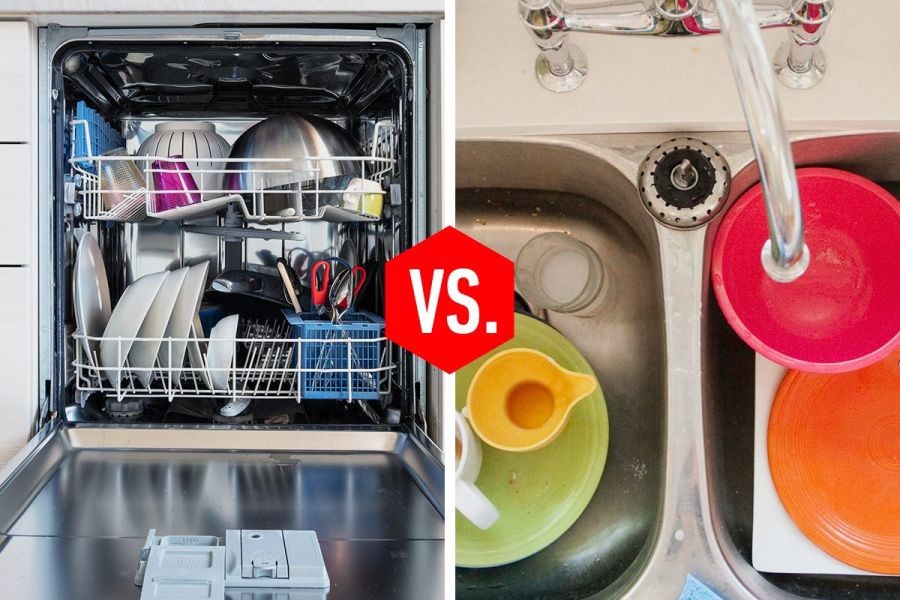In the fast-evolving landscape of work environments, the traditional office structure stands at a critical juncture. As we edge closer to 2035, the question of whether conventional offices will become obsolete isn't just speculative—it’s a pressing reality for construction economists, architects, and policymakers, especially in Australia. The transformation of workspaces is driven by technological advancements, changing workforce dynamics, and Australia's unique economic landscape. Let's delve into why the traditional office might soon be a relic of the past, and what this means for Australia's construction and economic sectors.
The Changing Nature of Work
The evolution of work is fundamentally reshaping office requirements. Remote work, accelerated by the COVID-19 pandemic, has proven that productivity is not confined to a specific location. In Australia, a 2022 survey by the Australian Bureau of Statistics (ABS) reported that 41% of employed Australians worked from home at least once a week. This trend shows no signs of abating, as businesses recognize the cost savings and increased employee satisfaction associated with flexible work arrangements.
Case Study: Atlassian's Bold Move
Problem: Atlassian, an Australian software giant, faced the challenge of balancing the need for collaborative spaces with the increasing demand for remote work flexibility.
Action: In response, Atlassian adopted a "Team Anywhere" policy, allowing employees to work from any location. They also redesigned their Sydney headquarters to focus on collaborative hubs rather than traditional desks.
Result: This shift resulted in a 20% boost in employee satisfaction and a significant reduction in real estate costs.
Takeaway: Atlassian’s approach underscores the viability of flexible work environments, demonstrating that traditional office spaces can be reimagined to meet modern needs.
Technological Advancements and Their Impact
Technology is a critical driver in the shift away from traditional office structures. Cloud computing, virtual collaboration tools, and AI-powered systems enable seamless remote work. According to a 2024 Deloitte report, Australian businesses that leveraged digital tools reported a 30% increase in operational efficiency. Moreover, as 5G technology becomes more widespread, connectivity issues—once a barrier to remote work—are diminishing, further eroding the necessity for centralized office locations.
Pros and Cons of the Shift
Pros:
- Cost Efficiency: Reduces overhead costs associated with maintaining large office spaces.
- Environmental Impact: Decreased commuter traffic leads to lower carbon emissions.
- Employee Satisfaction: Flexible work arrangements increase job satisfaction and retention.
Cons:
- Collaboration Challenges: Remote work can hinder spontaneous collaboration.
- Security Risks: Increased reliance on digital tools can pose cybersecurity threats.
- Cultural Impact: Maintaining company culture remotely can be challenging.
Regulatory and Economic Considerations in Australia
Regulatory frameworks and economic policies play a significant role in shaping the future of office spaces in Australia. The Australian Competition & Consumer Commission (ACCC) and the Australian Prudential Regulation Authority (APRA) are keenly focused on ensuring fair practices as businesses transition to hybrid models. Additionally, the Reserve Bank of Australia (RBA) highlights that investment in digital infrastructure is crucial, especially as remote work becomes more entrenched.
The economic implications are profound. As businesses reduce their physical footprints, the commercial real estate market must adapt. According to a 2023 report by CBRE, vacancy rates in Australia’s CBDs have increased, prompting a re-evaluation of property values and development strategies.
Future Trends and Predictions
Looking ahead, the office landscape in Australia is poised for continued transformation. By 2030, experts predict that 70% of Australian businesses will adopt hybrid work models as standard practice. This shift will necessitate the redesign of urban spaces, with a focus on community hubs and co-working spaces that foster innovation and collaboration.
Moreover, the integration of sustainable building practices will become more critical. As Australia commits to net-zero emissions by 2050, the construction industry must prioritize eco-friendly materials and energy-efficient designs in new developments.
Common Myths and Mistakes
- Myth: "Remote work decreases productivity." Reality: Studies show that remote workers often outperform their office-based counterparts, with a 13% increase in productivity (Source: Stanford University).
- Myth: "All jobs can be done remotely." Reality: While many roles adapt well to remote work, some industries, like manufacturing, require on-site presence.
- Myth: "Virtual meetings are less effective." Reality: With the right tools, virtual meetings can be as, if not more, effective than in-person meetings.
Conclusion
The potential obsolescence of traditional office structures by 2035 is not just a possibility but an emerging reality. For Australian construction economists, this shift presents both challenges and opportunities. Embracing technological advancements, rethinking urban planning, and aligning with regulatory frameworks will be crucial in navigating this transition. As businesses and policymakers work towards a more flexible and sustainable future, the role of the traditional office will undoubtedly continue to evolve.
What’s your take on the future of office spaces in Australia? Share your thoughts and join the discussion below!
People Also Ask
- How does remote work affect the Australian economy? Remote work can enhance productivity and reduce operational costs, potentially boosting the economy by improving business efficiency.
- What are the biggest misconceptions about traditional offices? One common myth is that productivity is higher in traditional offices. However, research shows remote work can increase productivity by 13% (Source: Stanford University).
- What are the best strategies for implementing hybrid work models? Experts recommend investing in technology, fostering a culture of trust, and creating flexible work policies to successfully implement hybrid models.
Related Search Queries
- The future of office spaces in Australia
- Remote work trends in Australia 2035
- Impact of hybrid work on commercial real estate
- Sustainable office design trends
- Technological advancements in virtual collaboration
- Regulatory changes affecting Australian offices
- Atlassian Team Anywhere policy
- Australian digital infrastructure investment
- Net-zero emissions and construction
- RBA reports on remote work impact





























